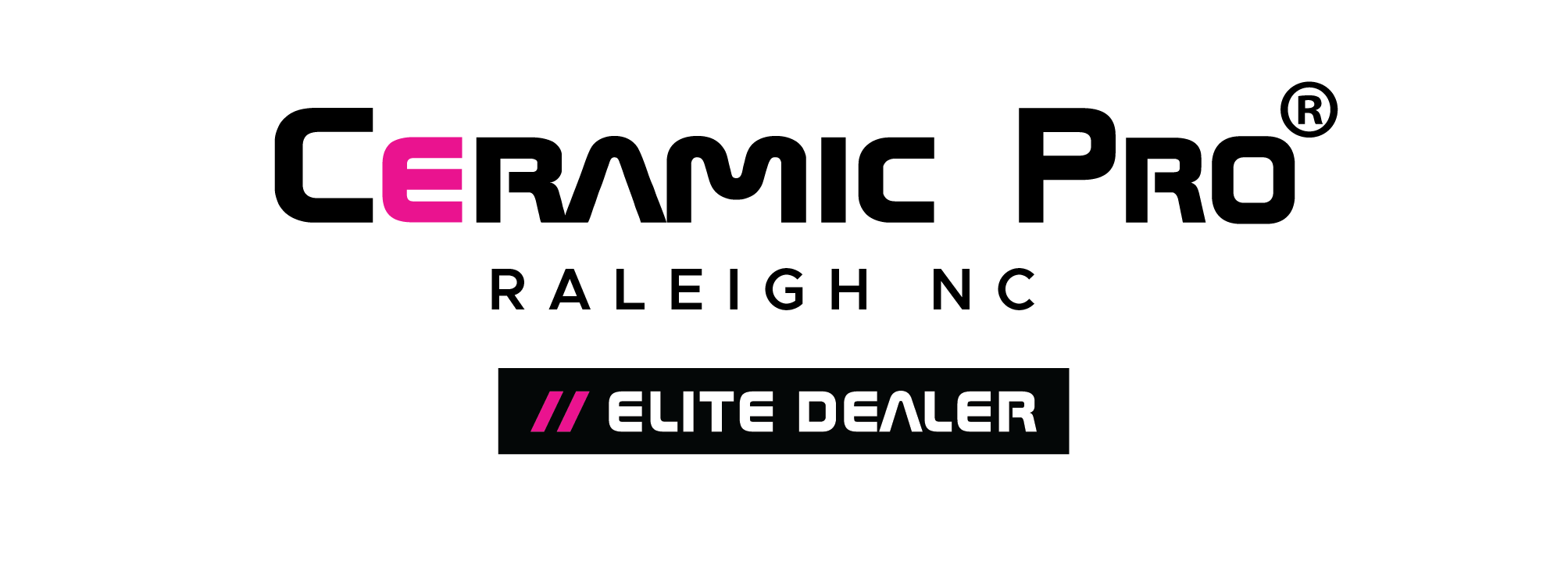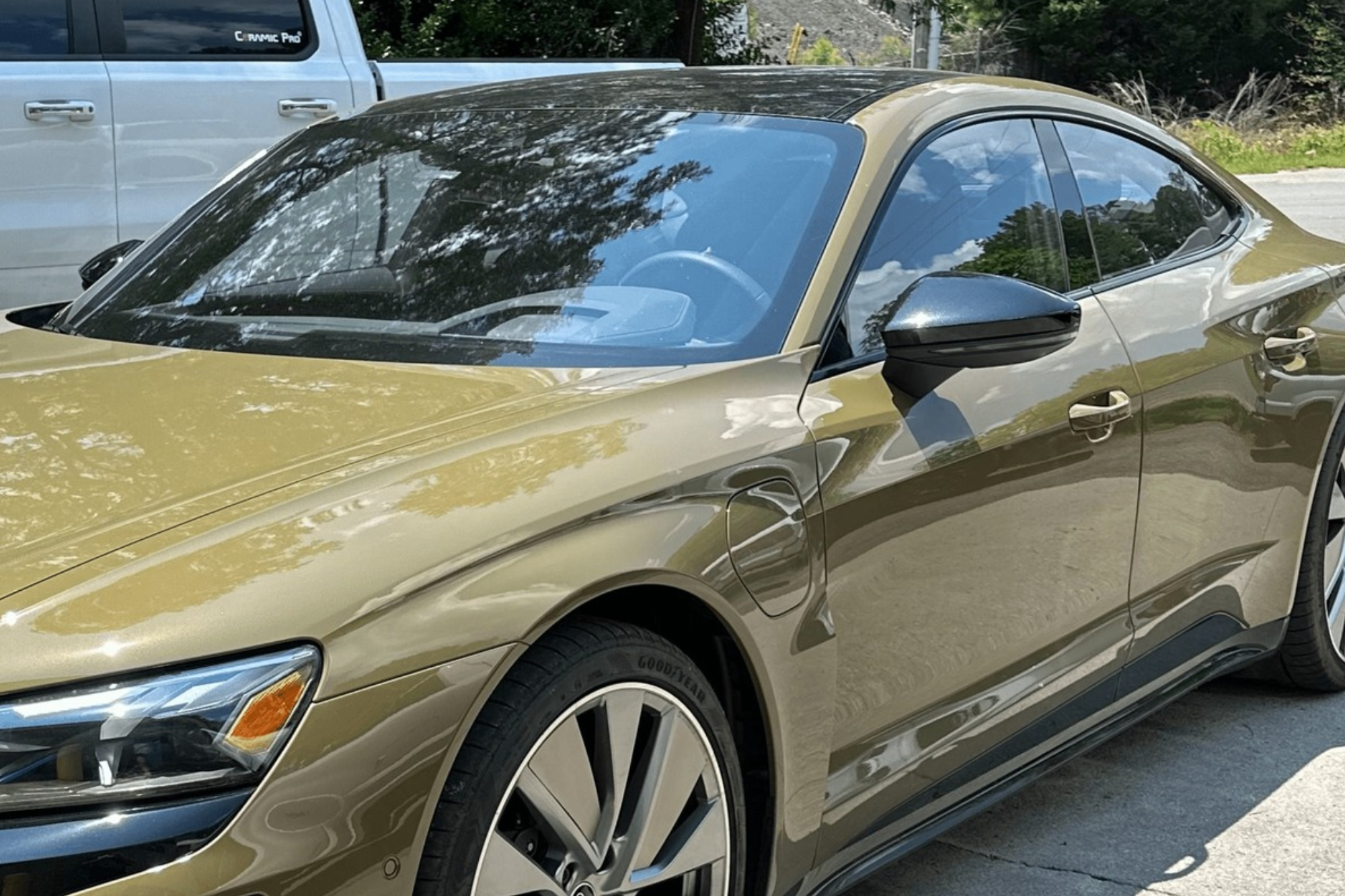Did you know that window tinting can block up to 99% of harmful UV rays? This remarkable statistic underscores the protective benefits you gain for both your skin and your vehicle’s interior. Beyond health advantages, the aesthetic appeal and added privacy can transform your driving experience. As you consider this upgrade, you might wonder about the various types of tint available, legal regulations, and how to choose the best option for your ride. Understanding these factors could lead to a significant enhancement in your daily commute.
Benefits of Window Tinting
When you think about upgrading your vehicle, window tinting offers a range of benefits that can enhance comfort and style. One of the most significant advantages is the health benefits it provides. By blocking harmful UV rays, window tinting protects your skin and eyes from damage caused by prolonged sun exposure. This means you can enjoy those sunny days without worrying about the potential risks, allowing you to spend more time outside feeling good knowing you’re safeguarded.
In addition to health perks, window tinting also adds aesthetic appeal. It gives your vehicle a sleek, modern look that can turn heads and elevate your space. Whether you prefer a subtle shade or a darker tint, you can customize your choice to match your style while making a statement in your community.
Moreover, window tinting can help regulate temperature, making your spaces cooler and more comfortable. Reducing glare and heat creates a pleasant environment while you are driving. This not only enhances your comfort but can also lead to energy savings, as your air conditioning won’t have to work as hard.
Ultimately, window tinting is more than just an upgrade; it’s a step towards a healthier, more stylish lifestyle that reflects who you are. Embrace the benefits and transform your space with this smart investment.
Types of Window Tint
Choosing the right type of window tint is just as important as understanding its benefits. You’ve got a few options, each with unique features that can enhance your ride. The most common types are dyed film and ceramic film, both of which cater to different preferences and needs.
Dyed film is a popular choice for those who want an affordable option without sacrificing style. This film is made by layering dye between an adhesive and a protective outer layer. It effectively blocks UV rays and reduces glare, which can make your drives more comfortable. Plus, it gives your vehicle a sleek, polished look.
However, keep in mind that dyed film may not provide as much heat rejection as other options, so if you’re in a particularly hot climate, you may want to evaluate alternatives.
On the other hand, ceramic film is a higher-end choice that offers superior performance. Made with advanced technology, this type of tint uses non-metallic ceramic particles to provide excellent heat rejection while maintaining visibility.
It’s perfect for those who want to keep their interiors cool without compromising on style. Plus, ceramic film won’t interfere with electronic devices—something dyed film might struggle with due to its metallic components.
Ultimately, your choice between dyed film and ceramic film depends on your budget and specific needs. Whatever you decide, you’ll be upgrading your ride to a cooler, safer, and more stylish experience.
How Window Tint Works
Understanding how window tint works can greatly enhance your decision-making process. At its core, window tinting services involve applying a thin film to your car’s windows, which serves multiple functions.
The most immediate benefit you’ll notice is heat rejection. This means that when sunlight hits your vehicle, the tint film reflects or absorbs a significant portion of the heat, keeping your interior cooler and more comfortable, especially during those scorching summer months.
But it’s not just about comfort. Window tint also offers impressive UV protection. Harmful ultraviolet rays can’t only damage your skin but also fade your car’s upholstery and dashboard. High-quality window films can block up to 99% of these rays, providing you with a safer driving experience while prolonging the life of your vehicle’s interior.
Different types of window tints achieve these effects in various ways. Some utilize metallic particles to reflect heat, while others employ dye to absorb it.
Regardless of the method, the result is the same: you get a more comfortable ride with reduced glare and a stylish appearance.
Legal Regulations and Limits
While window tinting can greatly enhance your driving experience, it’s essential to be aware of the legal regulations and limits that govern its application. Each state has specific tinting laws that dictate how dark or reflective your windows can be. Ignoring these rules can lead to fines and, in some cases, requiring you to remove the tint altogether.
Understanding compliance requirements is significant before you invest in your new look. For instance, many states allow different levels of tint on front, rear, and side windows. Usually, the front windshield must remain lighter than the rest of the windows, and some states prohibit tinting on the front windows entirely. It’s important to familiarize yourself with your local laws to avoid any legal issues.
Moreover, certain states have restrictions on the type of tinting film you can use. Some films may not meet the necessary standards, leading to non-compliance. This is where doing your research pays off. Check with your state’s Department of Motor Vehicles or equivalent authority to get the latest information on legal limits.
Don’t let the fear of breaking the law deter you from enhancing your ride. By knowing the tinting laws and adhering to compliance requirements, you can enjoy the benefits of car window tinting while staying on the right side of the law.
Choosing the Right Tint
Once you’re clear on the legal regulations regarding window tinting, the next step is to determine which tint is best suited for your vehicle and personal preferences. The choices can feel overwhelming, but understanding a few key factors will help you make a confident decision.
First, consider the tint darkness. This refers to how much light the tint allows in, measured in percentages. A darker tint can enhance privacy and reduce glare, but it’s vital to balance this with legal limits and your personal comfort. For example, if you frequently drive at night, you might prefer a lighter tint that still offers UV protection without compromising visibility.
Next, consider the tint material. Several options are available, including dyed, metalized, and ceramic tints. Dyed tints are affordable and provide a sleek appearance, but they can fade over time. Metalized tints offer durability and heat rejection, while ceramic tints are the premium choice, blocking UV rays and heat without interfering with electronic devices.
Ultimately, finding the right tint is about aligning these choices with your lifestyle. If you value privacy and style, a darker, metalized tint might suit you best. Conversely, if you prioritize performance and durability, a high-quality ceramic material could be your ideal match.
Installation Process
Before you plunge into the installation process, it’s important to gather the right tools and materials to guarantee a smooth application.
You’ll need a few key items: window film, a utility knife, a squeegee, a spray bottle filled with soapy water, and a lint-free cloth. Having everything at your fingertips makes the process more enjoyable and efficient.
Now, let’s talk about the installation techniques. Start by cleaning your windows thoroughly to make sure no dust or debris interferes with adhesion.
Once clean, cut the window film to size and lightly spray the adhesive side with soapy water. This allows for better positioning before it sticks permanently.
Apply the film to the window, starting at the top and working your way down. Use the squeegee to push out air bubbles and excess water, ensuring a smooth finish.
If you’re feeling uncertain about tackling this on your own, consider professional installation. Experienced technicians use advanced installation techniques that can save you time and guarantee a flawless result.
Whether you choose to DIY or hire a pro, mastering the installation process is key to enjoying the benefits of your new window tint.
Remember, a well-installed tint enhances your vehicle’s aesthetic appeal and provides a cooler, safer ride.
Maintenance Tips
Regular maintenance is essential to keep your window tint looking its best. You want your vehicle to not only look stylish but also maintain its protective qualities.
First, let’s talk about cleaning techniques. It’s important to use a soft microfiber cloth and a gentle, ammonia-free cleaner. Harsh chemicals can damage the tint film, leading to peeling or discoloration. When cleaning, always apply the solution to the cloth first, not directly onto the glass. This prevents any excess liquid from seeping into the edges of the tint.
As for maintenance frequency, aim to clean your tinted windows every few weeks, especially if you live in a dusty or humid environment. This regular upkeep will help prevent dirt buildup and keep your tint looking fresh. If you notice any scratches or bubbles, address them promptly. Waiting too long could lead to more extensive damage, which might require costly repairs.
Additionally, try to avoid parking in direct sunlight for prolonged periods. Extreme heat can warp the film and affect its longevity. Whenever possible, use a sunshade or park in shaded areas to protect your investment.
Cost Considerations
Maintaining your window tint not only preserves its appearance but also helps you understand the costs associated with this upgrade.
When you’re considering window tinting, it’s essential to look at the budget breakdown. Here are a few key factors to keep in mind:
- Initial Installation Costs: The cost of installation can vary based on the quality of the film and the size of your vehicle. Investing in a high-quality tint can save you money in the long run by minimizing the need for replacements.
- Maintenance Expenses: Regular maintenance can extend the life of your window tint. While some products may require special cleaners, many options are easy to maintain, resulting in minimal ongoing costs.
- Energy Savings: One of the most significant benefits of window tinting is the long-term savings on energy bills. By blocking harmful UV rays and reducing heat inside your vehicle, you’ll enjoy a cooler ride and potentially lower your fuel costs, especially in hotter climates.
Review
To sum up, window tinting in Raleigh NC, isn’t just an aesthetic upgrade; it’s a smart investment in your vehicle’s longevity and your comfort. By blocking harmful UV rays and reducing heat, you’re not only enhancing your driving experience but also protecting your skin and your car’s interior. So, why wait? Elevate your ride with quality window tint and enjoy the benefits for years to come! For expert window tint installation, trust Ceramic Pro Raleigh (Phenomenal Detailing) to deliver expert service and lasting results.




